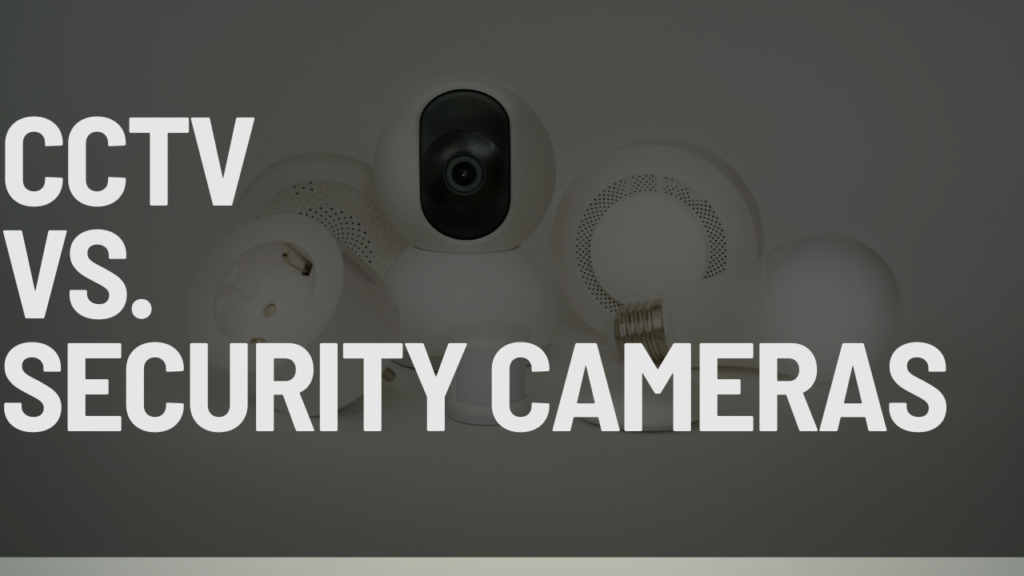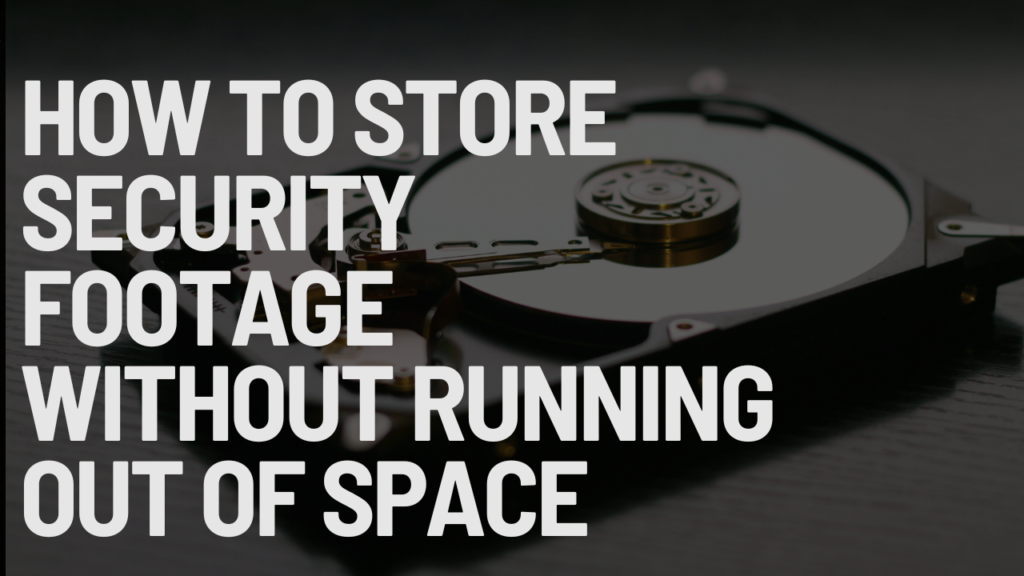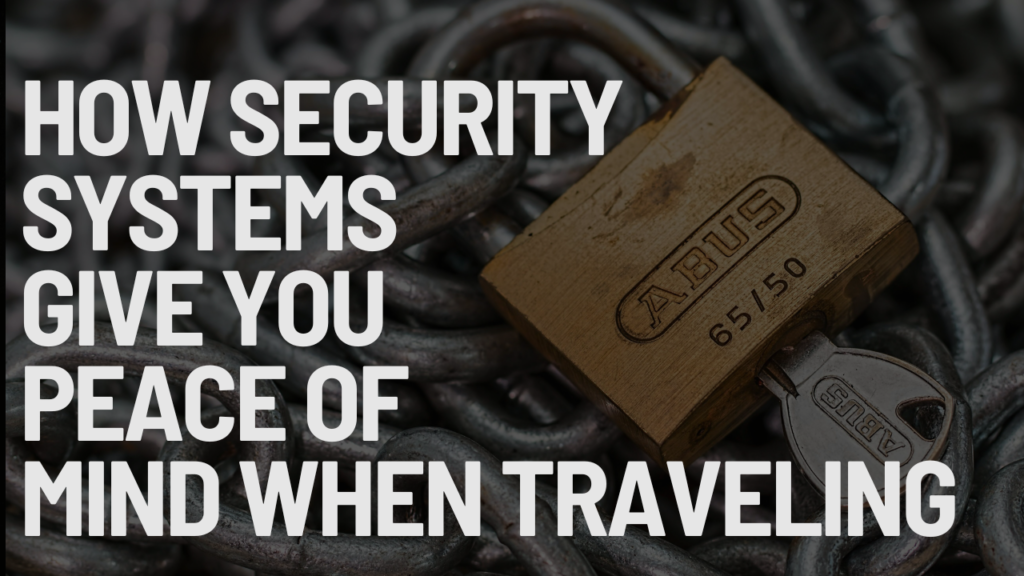When it comes to protecting our homes and loved ones, home security monitoring is an essential part of modern living. Whether you’re looking to secure a single apartment, a vacation home, or a larger property, the right combination of home surveillance camera setup, smart security devices, and alarm response services can significantly enhance your peace of mind. In this guide, we’ll explore various types of home security systems, must-have features, and tips for getting the most out of your investment in property monitoring solutions. What is Home Security Monitoring? Home security monitoring is the continuous surveillance of a property using cameras, alarms, and advanced motion detectors. These systems use both wireless property surveillance and wired technology to monitor a home’s perimeter, entry points, and internal areas, making them adaptable for all types of homes. 24-hour home surveillance helps to identify and respond to threats like break-ins, fire, or other emergencies, often in real-time. Systems can range from DIY home alarm kits to professionally installed video surveillance systems that offer constant monitoring and rapid response. Why Invest in Home Security Monitoring? 1. Increased Safety and Peace of Mind Using family safety monitoring systems ensures that you’ll be alerted to potential dangers at any hour. Many homeowners choose home safety monitoring devices with security alerts for homes to receive notifications about unexpected activity or environmental hazards. 2. Flexibility with Remote Access One of the most attractive features of modern security systems is remote video surveillance. Using a mobile security monitoring app, you can check your cameras and alarms from anywhere in the world. This remote access is particularly beneficial for vacation homes or for those who travel frequently, allowing them to keep an eye on their property and even control touchless home entry security features. 3. Lower Insurance Premiums Many insurers offer discounts for homes equipped with affordable security cameras, motion detection home systems, and alarm response services. With the reduction in risk, homeowners can benefit from lower rates, making security systems a valuable investment for both protection and savings. Types of Home Security Monitoring Systems There are several types of home security systems available, catering to different needs and property types: 1. Professionally Monitored Security Systems Professionally monitored systems offer 24-hour home surveillance through a third-party provider. These systems are ideal for house alarm monitoring services that provide constant observation and immediate alarm response, making them one of the best home alarm systems for full property protection. 2. Self-Monitored Security Systems If you’re looking for flexibility and control, self-install surveillance systems are a great choice. With features like real-time video monitoring and access through a mobile security monitoring app, homeowners can manage their own security without recurring monitoring fees. 3. Wireless vs. Wired Systems Wireless Property Surveillance: Wireless security systems offer easy installation and flexibility. They’re especially suited for renters or homes that cannot be wired, allowing you to enjoy features like long-range security camera capabilities. Wired Systems: Wired systems offer stability and are generally less prone to interference. House surveillance for vacation homes and home camera installations often benefit from the reliable connections these systems provide. 4. Smart Home Surveillance and Automation For those who prioritize convenience, smart home surveillance systems offer integrated solutions that can be controlled remotely. These systems are often equipped with energy-efficient security systems and pet-friendly alarm systems, ensuring that they operate seamlessly with minimal environmental impact and are safe for pets. Must-Have Features in a Home Security Monitoring System When selecting a home security system, consider these essential features: 1. High-Definition Cameras High-definition surveillance cameras are key for capturing clear footage. Systems equipped with HD cameras, like outdoor camera surveillance, provide high-quality video for day and night, aiding in identifying trespassers. 2. Advanced Motion Detection Motion detection home systems use intelligent technology to avoid false alarms and detect real threats. Advanced motion detectors can distinguish between people, animals, and inanimate objects, allowing for more accurate alerts. 3. Cloud Storage for Security Cameras Recording and storing video footage is crucial, especially for evidence or incident review. Cloud storage for security cameras allows homeowners to securely store and access footage from anywhere. 4. Real-Time Alerts and Notifications A robust system should provide security alerts for homes directly to your mobile device. Real-time video monitoring and notifications mean you’ll always know what’s happening, whether you’re monitoring entry points, garages, or high-risk areas. 5. Pet-Friendly and Touchless Entry Options For households with pets, pet-friendly alarm systems can be calibrated to ignore pets while remaining sensitive to larger intrusions. Additionally, touchless home entry security offers a secure, convenient way to manage home access. 6. Home Entry Monitoring and Garage Solutions Entry monitoring covers doors, windows, and other access points, ensuring that these vulnerable spots are secure. Garage monitoring solutions are also helpful for preventing theft and keeping an eye on valuables stored there. Tips for Optimizing Your Home Security Monitoring System 1. Customize Your Alerts and Sensitivity Levels Using a home camera system for renters or a permanent setup, customize alerts for different times of the day and sensitivity levels. For example, adjusting motion detection home systems for higher sensitivity at night can help prevent false alarms and improve responsiveness. 2. Use DIY Kits to Expand Your Security DIY home alarm kits are excellent for expanding existing systems or covering additional areas. They’re perfect for monitoring secondary entry points or securing storage spaces. 3. Set Up Emergency Monitoring and Response Using an emergency monitoring response feature ensures that, if a critical situation arises, emergency services will be alerted promptly. Some systems even offer direct integration with local emergency services for faster response times. 4. Utilize Video Surveillance for Outdoor Areas Outdoor security cameras are essential for monitoring entrances, gardens, and surrounding property. Outdoor camera surveillance provides added protection and deters intruders. 5. Maximize Security with Smart Home Integration Integrating security with smart home devices can provide seamless, all-around protection. Safe home automation includes home entry monitoring, real-time video monitoring, and more, creating a synchronized network of home safety monitoring








